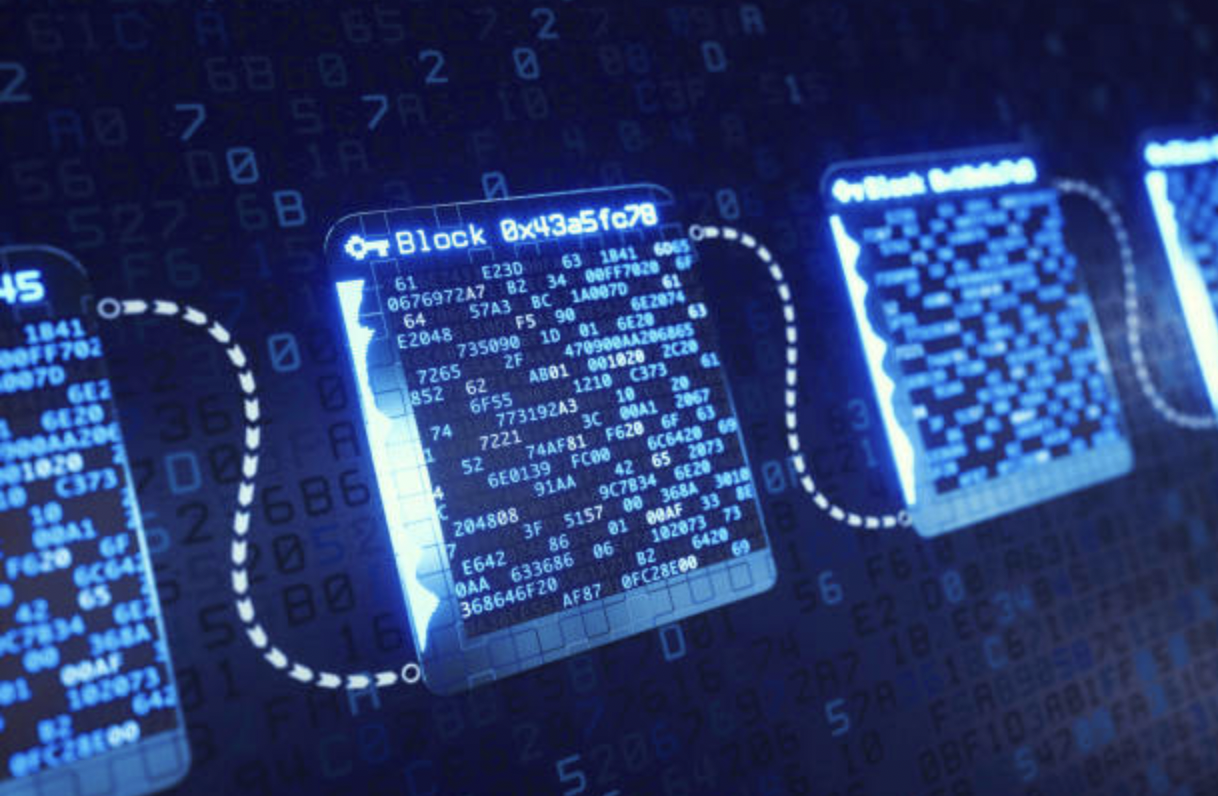Introduction
Blockchain is essentially a digital ledger. It maintains an encrypted, unalterable record of commercial transactions on all nodes of a given computer network thus creating an environment of mutual trust and confidence.
The records in a Blockchain are called blocks and are stored in chronological order. The information is encrypted using cryptography to protect the privacy of the user and to make it difficult to tamper.
Instead of a central command, the Blockchain Members have a final democratic authority over their chain.
Every member has the same copy of the ledger and if a member’s copy gets corrupted, other members are alerted to help with repairs.
Operation
There are three main elements to a Blockchain: cryptographic keys, a network and a digital ledger.
The cryptographic keys are of two types : private and public. Each member has both keys which are used to create a digital signature. All transactions are authorised by the digital signature.
Every deal made on the network is scrutinised according to some rules, before being transcribed in the digital ledger. Past transactions cannot be altered.
Cryptocurrency
An important application of Blockchain Technology is cryptocurrency. As the name suggests it is a currency stored in the form of encrypted data using the science of cryptography. Thus one of the risks involved with its usage is the possibility of getting hacked and losing access to funds, as they are in-tangible unlike traditional currencies.
To use cryptocurrencies one needs a cryptocurrency wallet. This software may be a cloud based service or stored on your computer or mobile device and contains your encryption keys which can link you to your funds.
Some of the cryptocurrencies available in market are : Bitcoin, Litecoin, Etherium, Z cash and Dash
Applications of Blockchain Technology
- In Healthcare: Data security is a major issue in the healthcare sector. There were 692 major healthcare data breaches in the US from July 2021 to June 2022. Hackers steal credit card information as well as health records. Blockchain enters here as a major saviour, since all data is kept encrypted and cannot be changed, thus building trust between healthcare professionals and keeping private information confidential at the same time.
- Contracts and Wills: The immutability feature of Blocks in a blockchain, makes it ideal for recording contracts and wills. Trustworthy Digital Records that are easy to access easily trump bulky unmanageable hard-copies.
- Management of Supply Chains: The real-time maintenance of reliable data with all parties in the supply chain group improves coordination and efficiency. It relieves the workers of undue mental agitation and strains.
- Protection of Copyrights and Royalties: Music, art, blogs and other creative endeavours can be protected with Blockchain Technology by publicly recording their source and change of ownership. The original creators can affirm and claim their royalties by tracking the movement of their creations and intellectual property.
- Electoral Voting: The feature of tamper-proof records makes blockchain technology a very attractive candidate as a platform for conducting electoral voting. Miscreants cannot alter votes. Being decentralised and available to all also supports its integration into the voting system.
- In Market Trading: The trust built from immutability and open and transparent exchanges of a Blockchain managed network, leads to faster clearing of funds. The market proliferates with stability and confidence.
- Prevention of money-laundering: With the entire history of transactions from source to destination recorded, tax evasion and fraud are discouraged. This helps an economy to flourish and thrive.
Conclusion
Blockchain Technology has the advantages of immutability, transparency and traceability. On the other hand there are disadvantages like speed and performance and high implementation cost. The features of encryption of data and writing on all copies of network compromises the speed of operation and makes the design complex and costly. Thus one has to survey the benefits over the drawbacks before implementing a Blockchain Network
Image Sourced from Freepik
